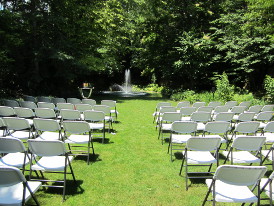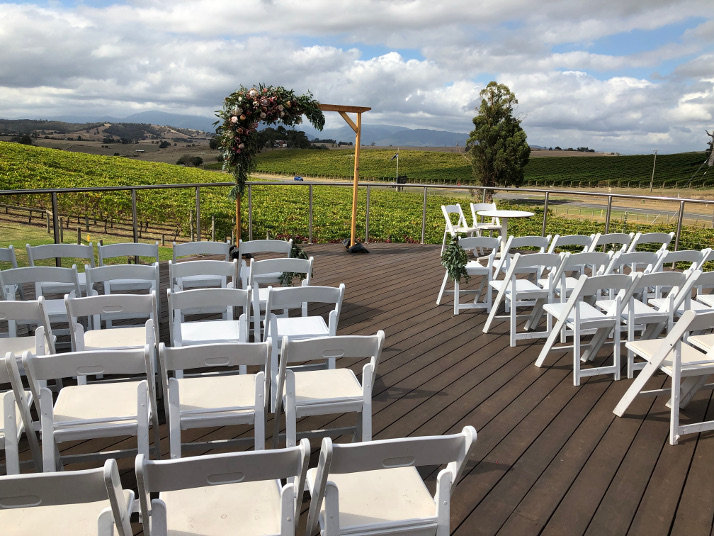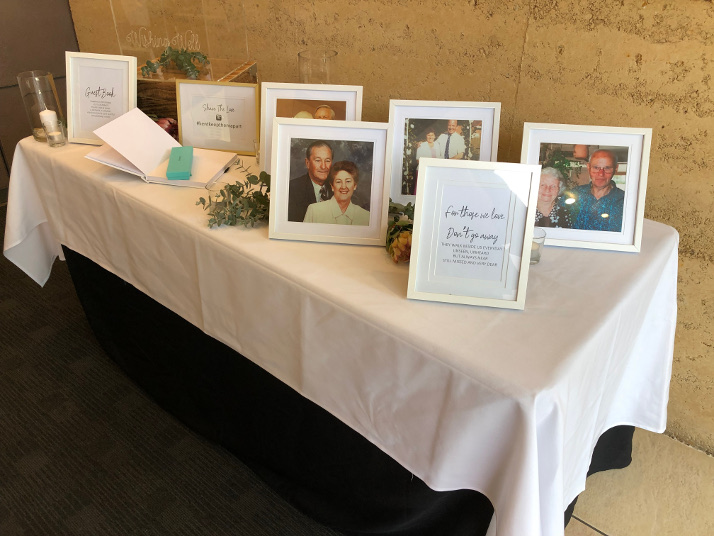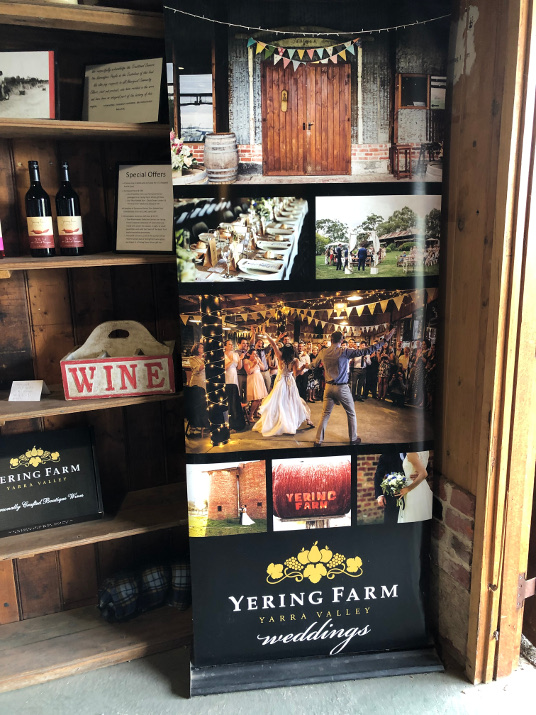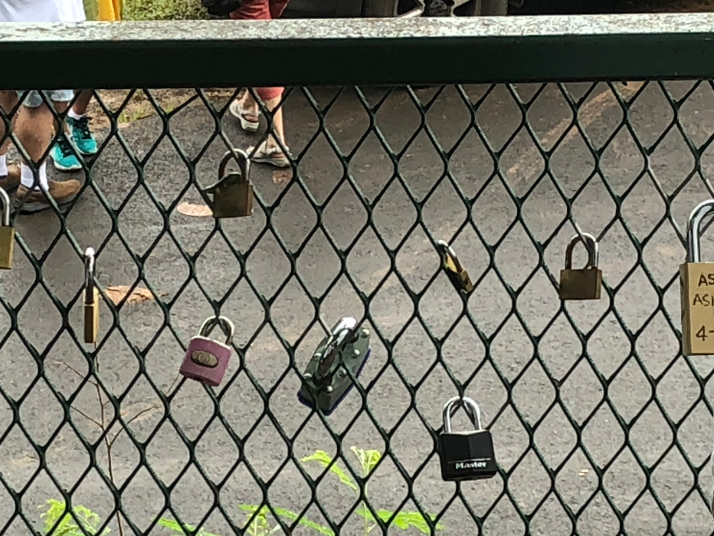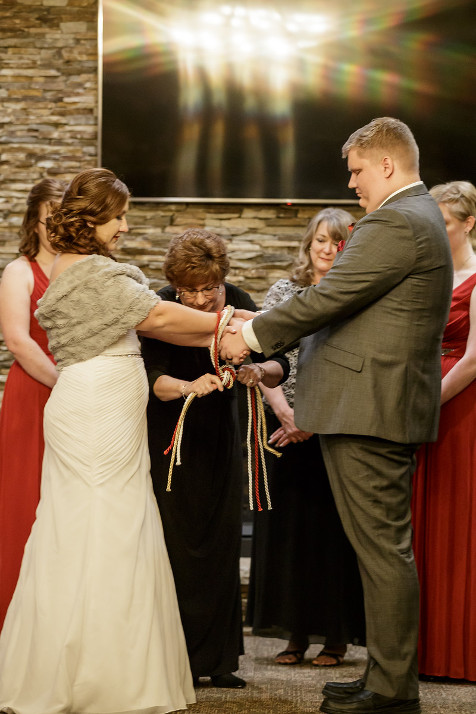Three Reasons to Hire a Professional Officiant
There are many more than three reasons to hire a professional officiant for your wedding ceremony, but there are three that I hear most often. As both a trained and certified Life Cycle Celebrant (R), and an endorsed Humanist Celebrant for a decade I’d had the opportunity to hear many horror stories from people who have seen poor wedding ceremonies. One of the most common causes for complaint is an unprepared family member or friend acting as the officiant. Here’s what couples have shared with me:
First, when I meet with couples for an initial consultation (a no cost, no obligation meeting) I’ve heard many times that they had never considered some of the topics I raise. For example, they haven’t thought about the logistics of the processional: who will walk in the processional, in what order, etc? They haven’t considered the possible elements of their ceremony – readings, rituals, guest involvement options, and more. They haven’t thought about where and how they will greet their guests following the ceremony. By engaging with a professional officiant all these topics will be discussed and your wishes will be honored.
Second, most couples in our area opt to have a rehearsal. As an experienced professional I can run your rehearsal in an efficient and effective manner. I can get and hold the attention of your wedding party, provide tips to help make everyone look sharp for the ceremony, and make sure that all the important points are covered. I’ve heard many times from couples, parents and attendants that the rehearsal reduced their stress and uncertainty so they could relax and enjoy the actual ceremony experience.
And third, professional officiants can prepare and preside over your ceremony in a way that is memorable for all the right reasons. The ceremony will be written well in advance, and you will have seen and approved it. The ceremony will follow a logical sequence and an emotional arc that leaves your guests satisfied and ready to move on to the rest of the celebration. Your officiant will offer the ceremony with professional vocal skills to ensure clarity and engage your guests.
These are just three reasons to hire a professional officiant based on my personal experience. You can find another perspective on this topic in an article from The Knot, here.
There is a trend toward having a friend or family member prepare and offer your wedding ceremony, but there are many possible pitfalls with that approach. Sometimes it works out well, but too often the ceremony is poorly written and presented, and opportunities for truly memorable moments are missed. Even a well-paid professional officiant accounts for a small percentage of your overall wedding budget, but will provide a great first act for your wedding day festivities.

